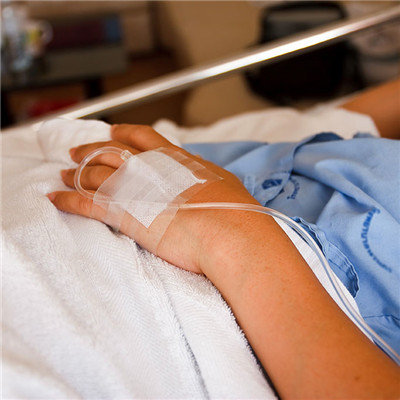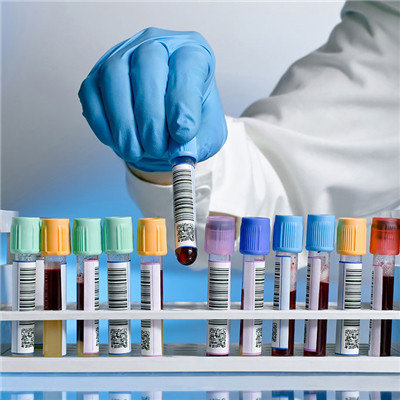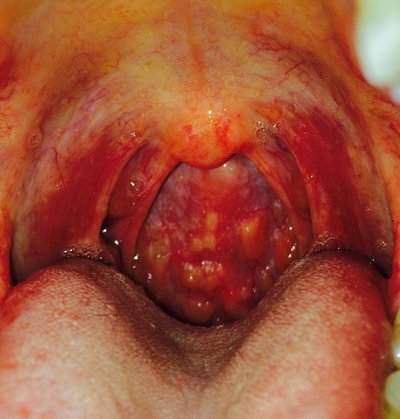Symptoms of viral measles?
summary
Measles is an acute respiratory infectious disease caused by measles virus. Seasonal high incidence in winter and spring, in the crowded, airless environment, measles virus is easy to spread. Like most viral infectious diseases, there is no specific drug for measles virus at present, and the treatment mainly focuses on symptomatic treatment and relieving the suffering of patients. Symptoms of viral measles? Let's talk about it
Symptoms of viral measles?
(1) The incubation period was about 10 days (6-18 days). Those who have been exposed to measles or received passive immunization during incubation period can be delayed to 3-4 weeks. There may be slight temperature rise during the incubation period.

(2) Prodromal phase also known as pre eruption, generally 3-4 days. The symptoms were similar to those of upper respiratory tract infection: (1) fever was seen in all cases, most of which were above moderate fever; ② Cough, runny nose, tears, pharyngeal congestion and so on, with eye symptoms prominent, conjunctival inflammation, eyelid edema, increased tears, photophobia, lower eyelid edge has an obvious congestion line (Stimson line), is very helpful for the diagnosis of measles. ③ The mucosal spots of measles appeared 24-48 hours before the eruption, with a diameter of about 1.0 mm and a red halo outside. At first, they only appeared on the buccal mucosa facing the lower molar, but they increased rapidly within one day, and could involve the whole buccal mucosa and spread to the lip mucosa. The mucosal rash disappeared gradually after the eruption, and there were dark red spots; ④ Urticaria, macular rash or scarlet fever like rash were occasionally seen, which disappeared when typical rash appeared; ⑤ Some cases may have some nonspecific symptoms, such as general discomfort, loss of appetite, and mental depression. But the temperature dropped slightly. Infants may have digestive symptoms, vomiting, diarrhea, etc.

(3) The rash stage is usually 3-4 days after fever. The temperature can rise to 40-40.5 ℃ suddenly. The rash is a rare and irregular red spot papule. The skin between the rashes is normal. The rash sequence also has its own characteristics: it starts at the back of the ear, neck, along the hairline edge, develops downward within 24 hours, and spreads all over the face, trunk and upper limbs. On the third day, the rash affects the lower limbs and feet. In severe cases, the rash often fusion, skin edema, facial edema deformation. Most of the rashes were discolored, but some had ecchymosis. There are lymphadenopathy and splenomegaly in the whole body, which last for several weeks. Mesenteric lymphadenopathy can cause abdominal pain, diarrhea and vomiting. Measles pathological changes of appendiceal mucosa can cause appendicitis symptoms. Delirium, irritability and drowsiness often occur in the extreme stage of the disease, especially in high fever. Most of them are transient. The fever subsides and disappears, which has nothing to do with the complications of the central nervous system. At this stage, there was moist rale in the lung, and X-ray examination showed increased lung markings.

matters needing attention
It can prevent measles by giving immunoglobulin immediately within 5 days after contact with measles; More than 6 days can not achieve the above effect. The patients who had used immunoglobulin had great changes in clinical process, long incubation period, atypical symptoms and signs, but they still had potential infectivity to the contacts. Passive immunization can only last for 8 weeks, and active immunization measures should be taken in the future.












